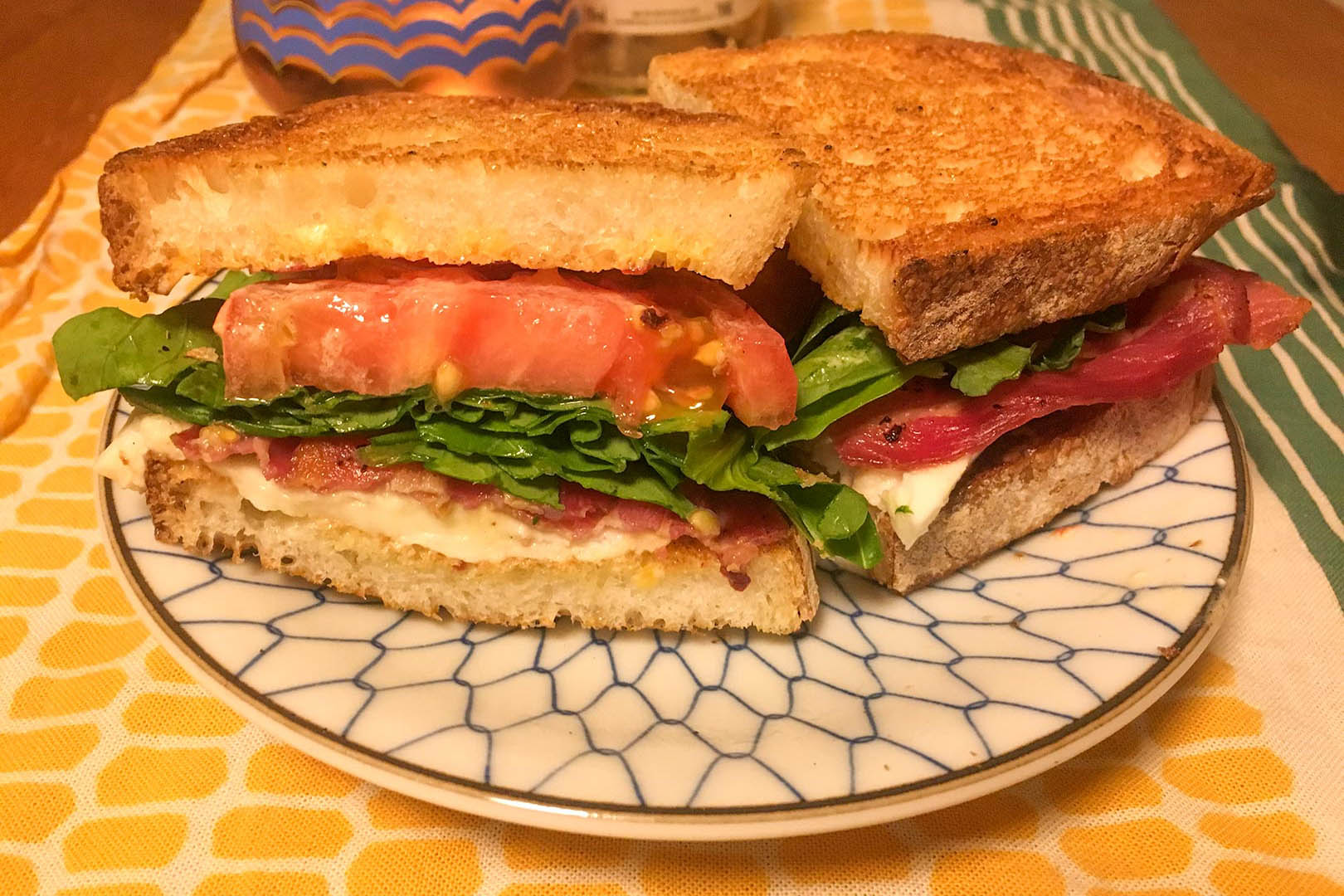Photo Essay
It's gaudy and Gaudi

Itchiku Kubota was a famous kimono designer. He revived an ancient (1300s) hand dyeing technique known as tsujigahana. But this post isn't about that. It isn't about kimonos either. I know it says "kimono museum" and the kimonos are gorgeous and spectacular...but photos aren't allowed inside the museum.
At the base of Mt. Fuji, in Kawaguchiko, Itchiku Kubota built a museum to house his work and it is beautiful surreal step back in time.
The museum is made up of 3 distinct sections; The Main Building, The "New Wing" and the gardens. The main building, built with 1,000 year old wood is pyramid shaped to mimic the peak of Mt. Fuji, which is visible from the museum on a clear day. The new wing is composed of Okinawan Ryukyu coral limestone, giving it a mid-century Palm Springs-esque feel. The gardens are comprised of stone slabs, moss covered rocks, a stone grotto, Buddhist statues and (possibly) wild monkeys.
I came away from the experience thinking that if the Japanese Liberace listened to a lot of Ravi Shankur and built a kimono museum, this is what it would be like.


The lush green forest canopy and waterfall create a serene cool on a hot summer day.

The "New Wing" is built of Okinawan limestone, lending a 60's mid-century feeling to it. It was specifically contructed to resemble the architectural style of Antonin Gaudi. Overall, there's this nostalgic feeling of a different era that the building evokes. This is compounded by the wear on the buildings, the crumbling stairs and pools of standing water, as if they had forgotten to turn on the fountains that day. I was amazed to learn the whole thing was built it 1997, which, yes, is a bygone era but it feels 60 years old.


Walking through the gardens... watch out for monkeys (note: we didn't see any)

Moss covered grotto housing buddhist statues.





